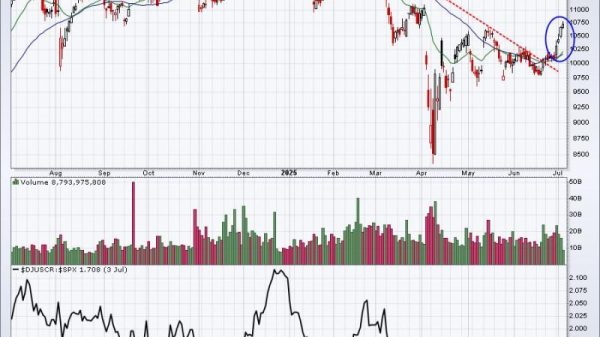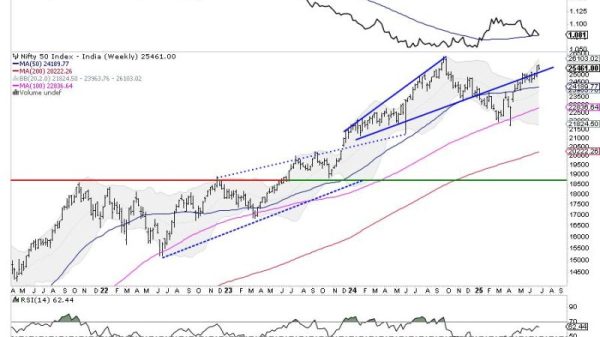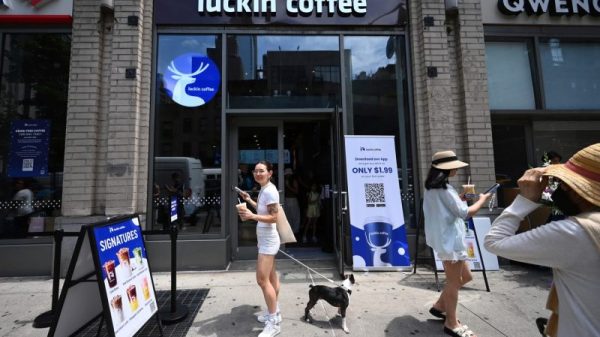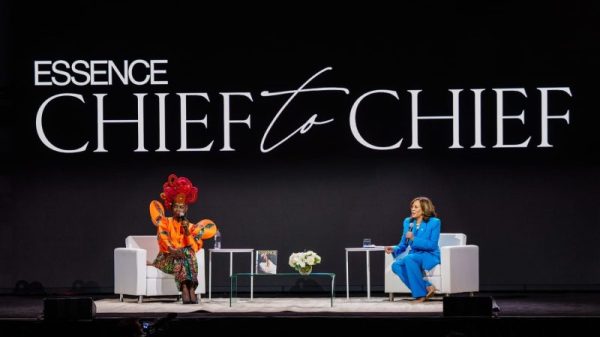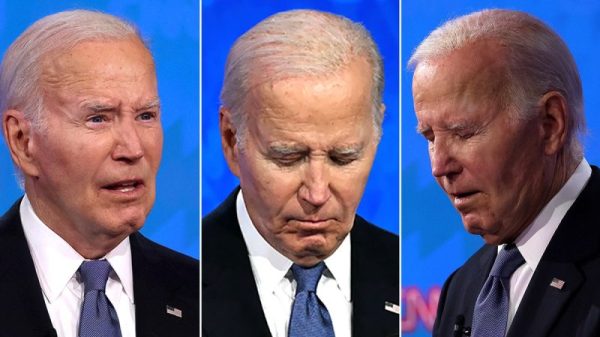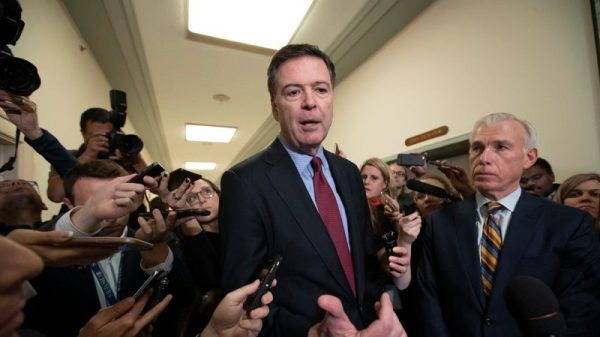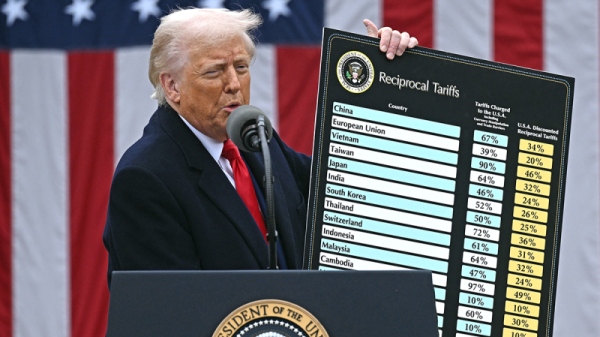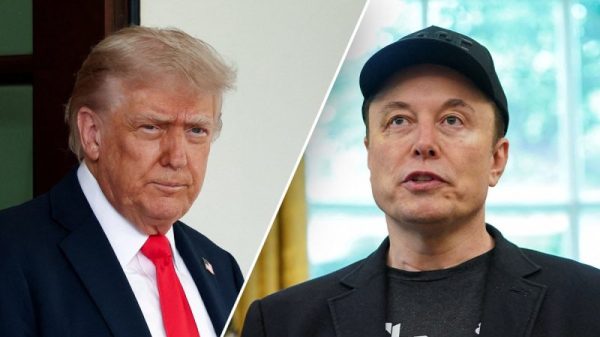In an effort to bolster support among demographics where President Trump has faced challenges, his campaign has recently intensified its focus on younger male voters. This strategic move comes as a response to the decreasing support from women voters, as evidenced by recent polls.
The campaign’s shift in focus towards targeting younger men is a calculated decision aimed at making up for losses in the women voter demographic. By emphasizing messaging and policies that resonate with this group, the Trump campaign hopes to secure their votes and turn the tide in crucial battleground states.
One key aspect of this strategy is the emphasis on issues that are particularly important to younger men, such as job opportunities, economic growth, and national security. By tailoring their messaging to address these concerns, the campaign aims to build a stronger connection with this demographic and win their support.
Additionally, the campaign has been leveraging social media and digital platforms to reach younger male voters where they are most active. Through targeted advertising and outreach efforts on platforms like Instagram, Twitter, and YouTube, the Trump campaign is able to engage with this demographic in a more direct and personalized manner.
Moreover, the campaign has been utilizing surrogates and influencers who have a strong following among younger men to amplify their message and increase visibility within this demographic. By partnering with individuals who have a significant online presence, the campaign is able to tap into established networks and reach a wider audience of potential supporters.
Overall, the Trump campaign’s efforts to court younger male voters signal a strategic shift in response to changing voter dynamics. By reevaluating their approach and doubling down on outreach to this demographic, the campaign aims to secure much-needed support and strengthen its position heading into the upcoming election.



